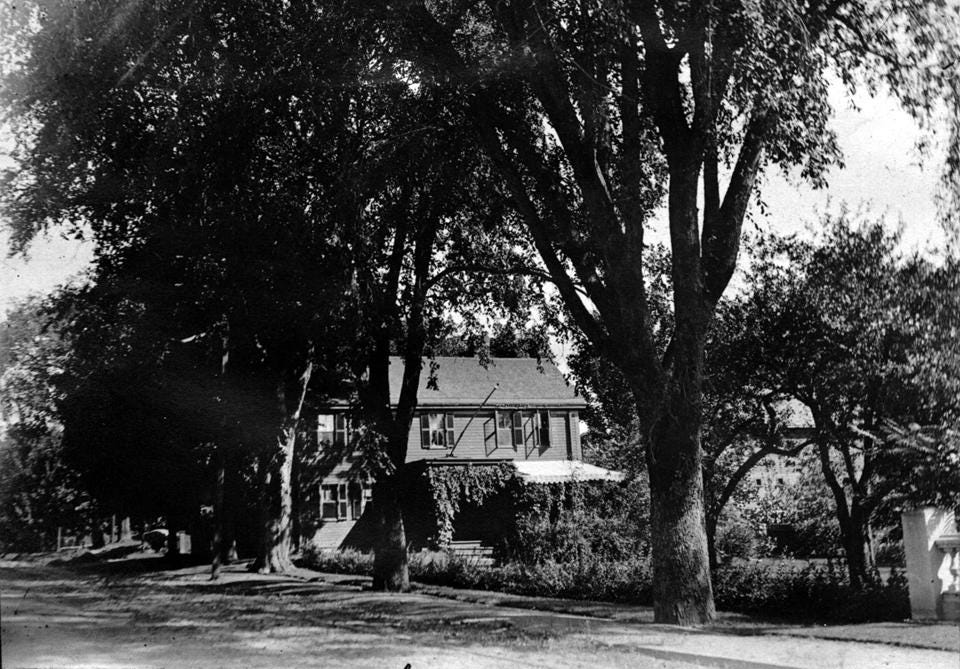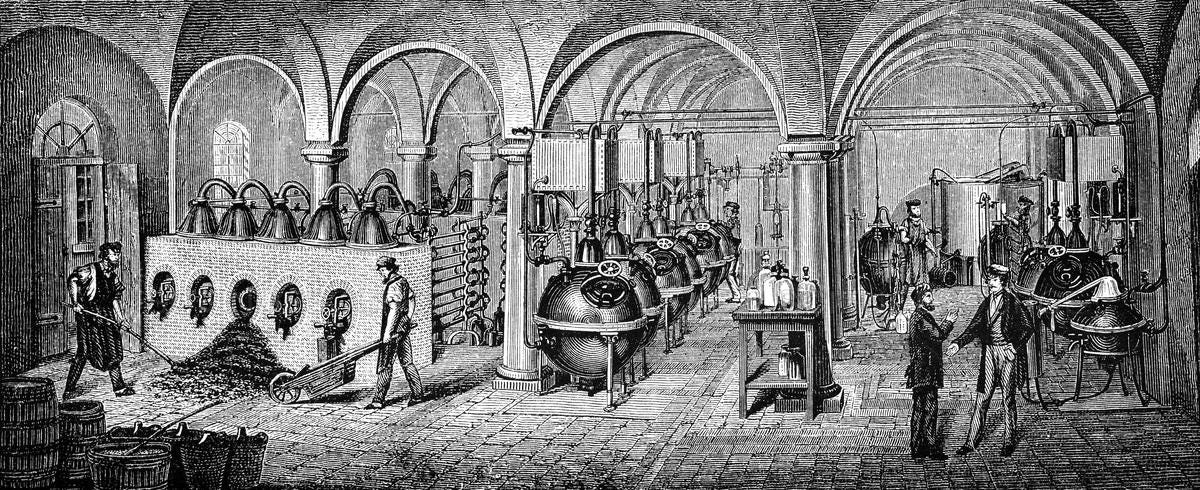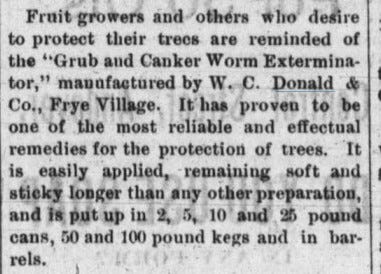Before Shawsheen Village Frye Village Stories: the Donald Ink Factory, part 1
Two generations of the Donald family ran the thriving printing ink company in Frye Village for 66 years, from 1856 to 1919.
William C. Donald Printing Ink Company
Founder William S. Donald and his wife Agnes immigrated to the United States from Scotland in 1846. He established his first ink factory on Holt Road in 1852.
A Rocky Start
As with many new business ventures, then and now, the printing ink factory had a seemingly rocky start.
William started his company in 1852 on Holt Road. The next year, William established the Morrill, Donald, and Co Ink Manufacturing Co., lamp black and printing ink, with partners Samuel & George Morrill. In 1853, the partners were advertising their new location at 20 North Main Street, formerly an Andover & Wilmington Railroad repair building.
The partnership didn’t last long. In 1854, William closed the company and the partnership was dissolved in 1856, and the Morrill brothers moved the company to South Dedham. That same year, William Donald established his own ink business just north of his home in Frye Village. William partnered with Ephraim Everson for a period of time forming “Donald & Everson Printing Ink Manufacturers.”
ACHC #1983.167.30, William C Donald House, Frye Village, 357 North Main Street. Lettering on the photo reads "Donald House Frye Village aft. 1860.” The date may refer to year Donald family moved into house.
The factory and the Donald family home at 357 North Main Street, which was purchased from Ephraim Everson, were next door to the home of John Smith, one of the founders of the Smith & Dove linen manufacturing company.
In July 1866, the Andover Advertiser reported that the W.C. Donald ink factory had burned, along with its contents. Donald rebuilt the factory that same year, and expanded again in 1873.
Andover Advertiser September 1866: William C. Donald has rebuilt his printing ink establishment, which was destroyed by fire a few months ago. It is now built of brick with a fire proof roof and is divided into eight apartments each so distinct from the other that a fire cannot be communicated. The engine was so little injured by the late fire that the manufacturing of ink was continued without interruption. Mr. D. occupying ‘all out doors’ for his factory. Having perfected his machinery, and completed arrangements, he is now prepared to supply all orders.
Fires were - and still are - a hazard in ink manufacturing. In addition to the fire that destroyed the Donald ink factory in 1866, there was another fire in 1918.
In 1892, at age 76 after 36 years leading the Donald Printing Ink Company, William retired and turned the business over to his son Walter, who would lead the company for another 30 years.
Manufacturing Ink
The first printing inks in use until 1864 were made from burnt rosin, turpentine, pitch, and petroleum oils. By 1864 the carbon black was made by burning natural gas rather than rosin, although lampblack made from the resin can still be added to printing.
The process of making ink has changed little over time. Components are placed in a large pot or vat that is often heated. Next, the mixture is heated until it is blended together in one smooth liquid. The ink is filtered through a screen or other device to ensure there is no separation or lumps remaining that could clog or interfere with the ink's intended purpose.
W.S. Donald & Company
William's son Walter Donald renamed the company W.S. Donald & Company, and expanded production to include pesticides, as illustrated in this article and advertisement from the March 1894 Andover Townsman.
Walter continued to run the company until he retired. The factory had burned in 1918 and in 1919 the property was sold to Henry P. Binney, agent for William M. Wood. Wood didn’t develop the property and it was sold after his death in 1926. The factory buildings are shown as vacant on Sanborn maps throughout the 1930s. By the 1940 Sanborn map, the factory buildings are gone.
Next Frye Village story: More about the Donald family of Frye Village.









